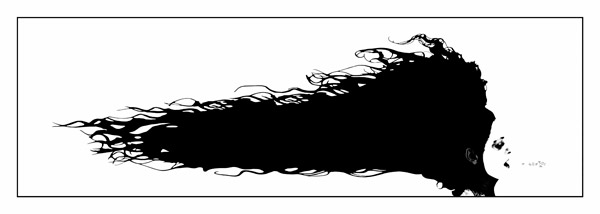 Sappho’s Song Copyright ©Donovan. All Rights Reserved.
Sappho’s Song Copyright ©Donovan. All Rights Reserved.
Donovan is known throughout the world for his artistry as a singer, song writer, musician, and performer. Donovan is also an accomplished visual artist. His Sapphographs have been exhibited in museums and galleries internationally. Inspired by the lyric poetry of Sappho (7th Century B.C.E.), Donovan captures in visual form the mythic beauty of this ancient artistic tradition. Donovan’s Sapphographs evoke the aesthetic sensuality of nature and the power of it’s rituals to inspire artistic creation.
Stars ’round the fair moon veil their own shining
when She’s full on the earth with the light of Her silver
Set you to rest on the softest of cushions
the black trance of night on our eyes like the river
“Be Mine,” from the album Sutras by Donovan, gathered from Sappho’s fragments
Exhibit Photo Gallery. Click on an image to launch slideshow.
Donovan is recognized as one of the most popular and innovative recording artists of our time. By incorporating elements of folk, jazz, classical, Caribbean and Indian music, he became one of the central figures in the extraordinary musical and cultural revolution of the 1960s. He continues to influence and inspire musical artists today. Donovan’s recordings have received universal critical acclaim and he continues to perform throughout the world. His autobiography, Donovan: The Hurdy Gurdy Man was published in 2005. Donovan was elected to the Rock & Roll Hall of Fame in December 2011.
“I am inspired by Greek Culture and especially the poetry of Sappho. My wish is to encourage the youth of the world, and bring poetry back to popular cultures where it belongs.”
Donovan
The first exhibition of Donovan’s Sapphographs was at Govinda Gallery in 2005. Donovan’s Sapphographs are available through Govinda Gallery.

October 2005
Poetry in Motion: Donovan Goes Greek for Govinda’s 30th
Georgetown’s Govinda Gallery celebrated 30 years on September 23 with a presentation of the first photo exhibition of musician and artist Donovan’s “Sapphographs.” The show can be seen through November 12. Over the years, some of the gallery’s highlights have included several exhibitions for Andy Warhol, with whom the gallery was closely associated, the first exhibition of Annie Leibovitz’s photographs, and a 20th Anniversary exhibition featuring photographs of Mohammed Ali by Howard Bingham.
This fall, Donovan celebrates his 40th anniversary as an entertainer. Along with this exhibition at Govinda Gallery, a career retrospective box set “Try for the Sun: The Journey of Donovan” and his autobiography, “The Hurdy Gurdy Man,” were released to mark this occasion. A prolific songwriter, poet, and musician, Donovan is recognized as one of the most popular and innovative recording artists of our time. Donovan sat down with Govinda Gallery owner Chris Murray to discuss the show and give us a little insight into his inspirations.
Chris Murray: What inspired you to create this visual tribute to ancient Greek poet Sappho?
Donovan: My interest in photography goes back to my father. When I was a boy in Glasgow, I used to watch him develop pictures in his darkroom. It was magic watching them come to life in the white China tray—as if by magic—so photography was always a love. While taking an art course some years ago, I took my Rolifex and started shooting ancient sights, like the Etruscan Ruins above Florence and Vesoli, and that got me going on my love of Theology again. One day I was in California and got to thinking about the Greek drama, so I put my daughter Oriel, her friend, and my wife in white face and white linen and I started to get into this Greek drama thing. I looked into the poems of Sappho and thought that I’d be great to do a series Cindy Sherman-style, where I take photographs of an imaginary Greek play.
CM: What qualities of ancient Greek mythology do you think are important today?
D: If it wasn’t for the Greeks, where would we be? The invention of the written word was not Greek, but they took it to a fine art and of course they invented Democracy. The speech to the Ephesians by Pericles and others, the ancient works really [established] how each member of the tribe in society should have a say, and stop tyranny and aristocratic rule, which always ends in bloodshed. We may not have gotten rid of the bloodshed, but without the Greeks, we wouldn’t have the systems we have. Greek art was extraordinary. The Renaissance benefitted from Greek culture, Michelangelo, Leonardo de Vinci and all modern artists have benefitted from Greek art. They taught us how to think, how to rule, how to party, and how to create art.
CM: In your album, “Sutras,” you do a beautiful song based on a fragment of the poet Sappho’s “Be Mine” and recently an unknown fragment of Sappho’s work has been uncovered. Is the fact that only fragments remain of Sappho’s poetry part of the allure for you?
D: Even the fragments are fascinating. There’s one complete poem and the rest are like fragments of sculpture. In fact, the latest finding, I believe, was found written on papyrus wrapped around an Egyptian mummy from the 3rd century B.C. But for me, putting parts of her poems together, like reconstructing it for the song “Be Mine,” was fascinating. The brand new fragment that was found may be another full poem but who knows? This poem is lamenting her growing old, although I don’t know who actually translated it. It was discovered last year by researchers at Cornell University that she laments aging. [Quote from poem] “My once tender body, old age now has seized, my hairs turn white instead of dark, my hearts grown heavy, my knees will not support me, that once on a time where fleets of the dances fawns, the state I oft bemoan but what to do, not to grow old? Being human, there’s no way.”
CM: Beautiful.
D: It is a fascinating piece and I will put it in music as well, maybe for my exhibit of Sapphographs coming up.
CM: I want to congratulate you on your extraordinary box set that Sony is releasing and your autobiography that are both just coming out now.
D: The Sapphographs may take precedence over both of those items, but the fact that they come out at the same time, is extraordinary. Sapphographs at Govinda Gallery is the first of what’s loosely called my 40th anniversary.
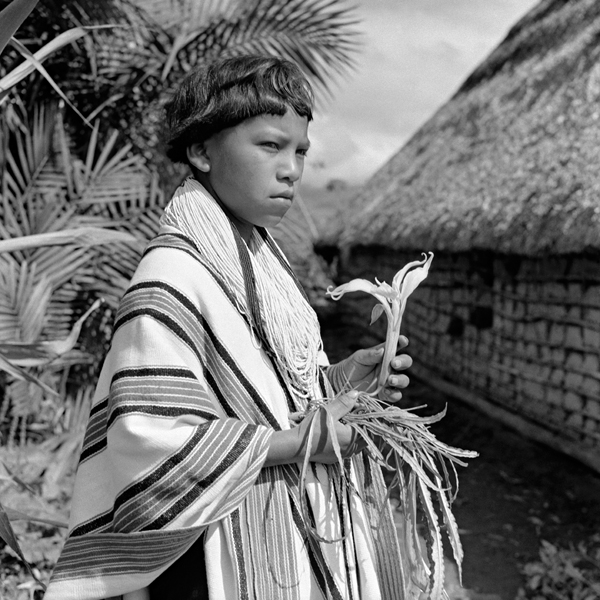 Kamsa Youth with the Blossom of Culebra Borrachera, Sibundoy, June, 1953. Copyright © Richard Evans Schultes. All Rights Reserved.
Kamsa Youth with the Blossom of Culebra Borrachera, Sibundoy, June, 1953. Copyright © Richard Evans Schultes. All Rights Reserved. 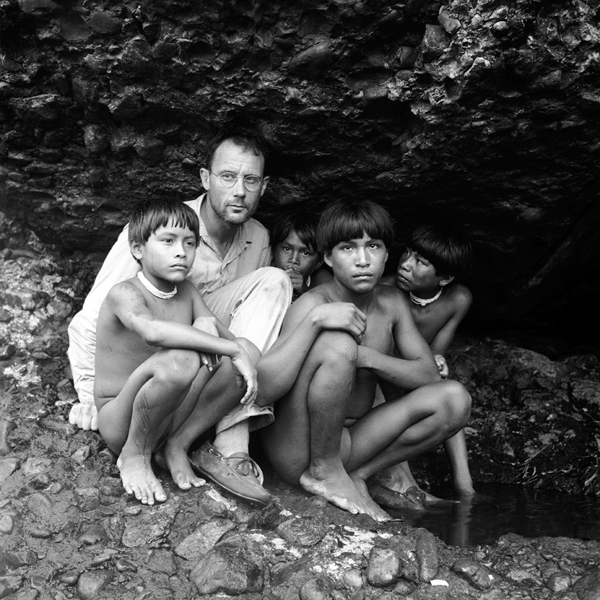 Schultes and four Makuna boys taking shelter from a rainstorm in the cracks of a cliff in the falls at Yayacopi, Rio Apaporis. On the back of this photograph Schultes wrote “Rock of ages cleft for me.” February, 1952. Copyright © Richard Evans Schultes. All Rights Reserved.
Schultes and four Makuna boys taking shelter from a rainstorm in the cracks of a cliff in the falls at Yayacopi, Rio Apaporis. On the back of this photograph Schultes wrote “Rock of ages cleft for me.” February, 1952. Copyright © Richard Evans Schultes. All Rights Reserved. 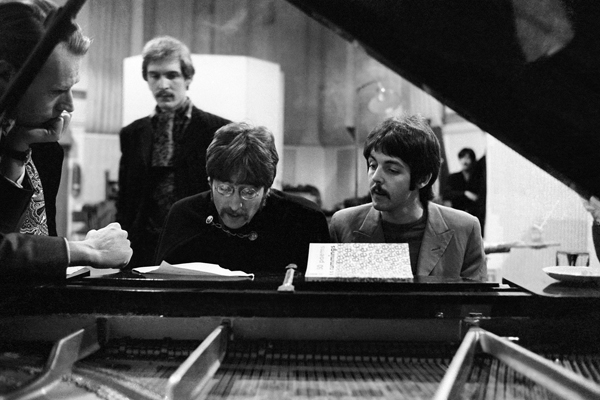 John Lennon and Paul McCartney, Abbey Road Studios February 28, 1967. Copyright © Henry Grossman. All Rights Reserved.
John Lennon and Paul McCartney, Abbey Road Studios February 28, 1967. Copyright © Henry Grossman. All Rights Reserved. 
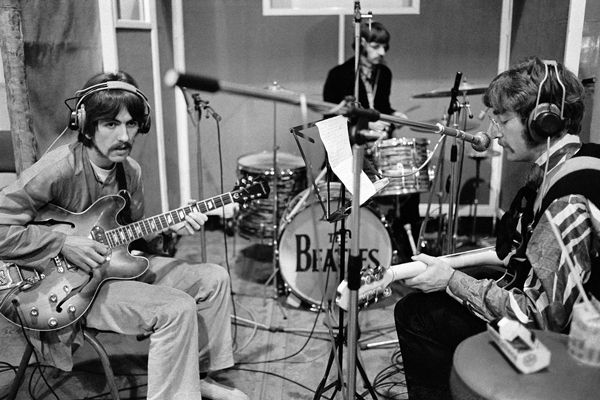 George Harrison, Ringo Starr, John Lennon, Abbey Road Studios February 28, 1967. Copyright © Henry Grossman. All Rights Reserved.
George Harrison, Ringo Starr, John Lennon, Abbey Road Studios February 28, 1967. Copyright © Henry Grossman. All Rights Reserved. 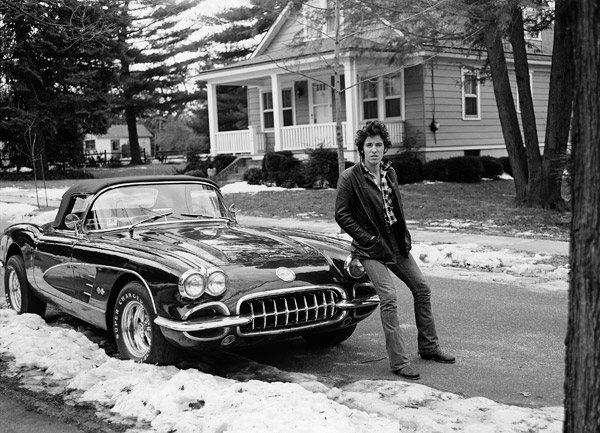 Bruce Springsteen, Corvette Winter, 1978. Copyright ©Frank Stefanko. All Rights Reserved.
Bruce Springsteen, Corvette Winter, 1978. Copyright ©Frank Stefanko. All Rights Reserved.  Patti Smith, The Portal, 1974. Copyright ©Frank Stefanko. All Rights Reserved.
Patti Smith, The Portal, 1974. Copyright ©Frank Stefanko. All Rights Reserved. 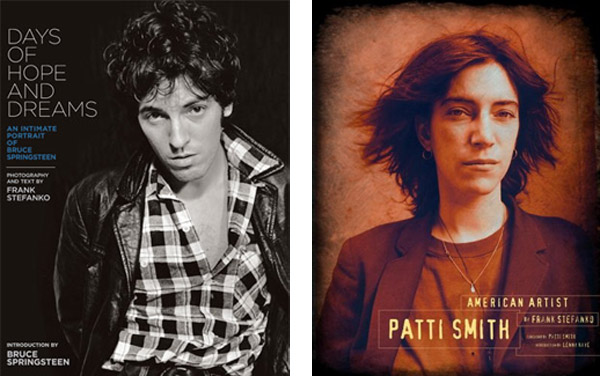
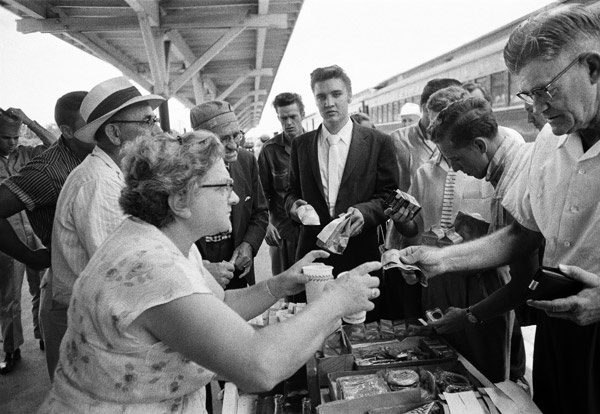 Lunch Time, Sheffield, Alabama. Copyright © Alfred Wertheimer. All Rights Reserved.
Lunch Time, Sheffield, Alabama. Copyright © Alfred Wertheimer. All Rights Reserved. 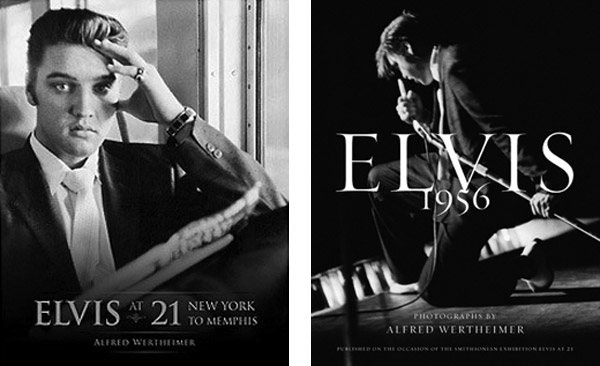 Elvis at 21: New York to Memphis (Insight Editions, 2006), and Elvis 1956: Photographs by Alfred Wertheimer (Welcome Books, 2009).
Elvis at 21: New York to Memphis (Insight Editions, 2006), and Elvis 1956: Photographs by Alfred Wertheimer (Welcome Books, 2009). 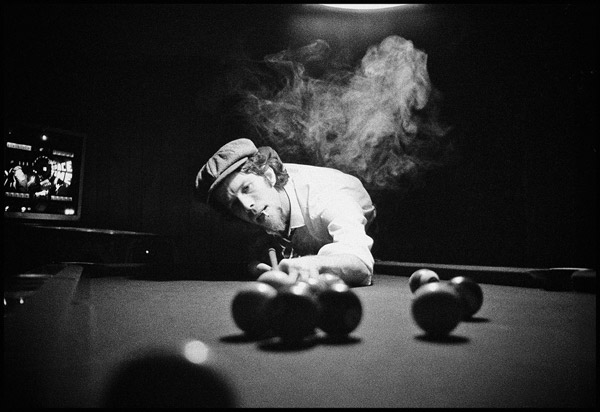
 Alec and Ian MacKaye, Washington, DC, 1980. Copyright ©Susie J. Horgan All Rights Reserved.
Alec and Ian MacKaye, Washington, DC, 1980. Copyright ©Susie J. Horgan All Rights Reserved.  Susie J. Horgan, Punk Love (Universe/Rizzoli, 2007).
Susie J. Horgan, Punk Love (Universe/Rizzoli, 2007). The Rolling Stones. Copyright ©Gered Mankowitz. All Rights Reserved.
The Rolling Stones. Copyright ©Gered Mankowitz. All Rights Reserved. 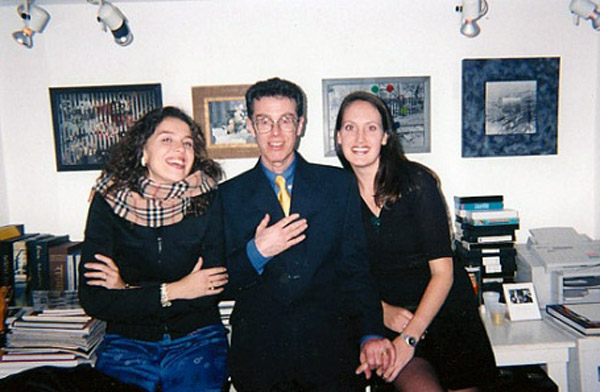 Govinda Girls Charlotte York Matthews and Susan Linton Martinovich in the back room of Govinda with Gered Mankowitz, 1995. Copyright ©Chris Murray. All Rights Reserved.
Govinda Girls Charlotte York Matthews and Susan Linton Martinovich in the back room of Govinda with Gered Mankowitz, 1995. Copyright ©Chris Murray. All Rights Reserved.  Sappho’s Song Copyright ©Donovan. All Rights Reserved.
Sappho’s Song Copyright ©Donovan. All Rights Reserved. 